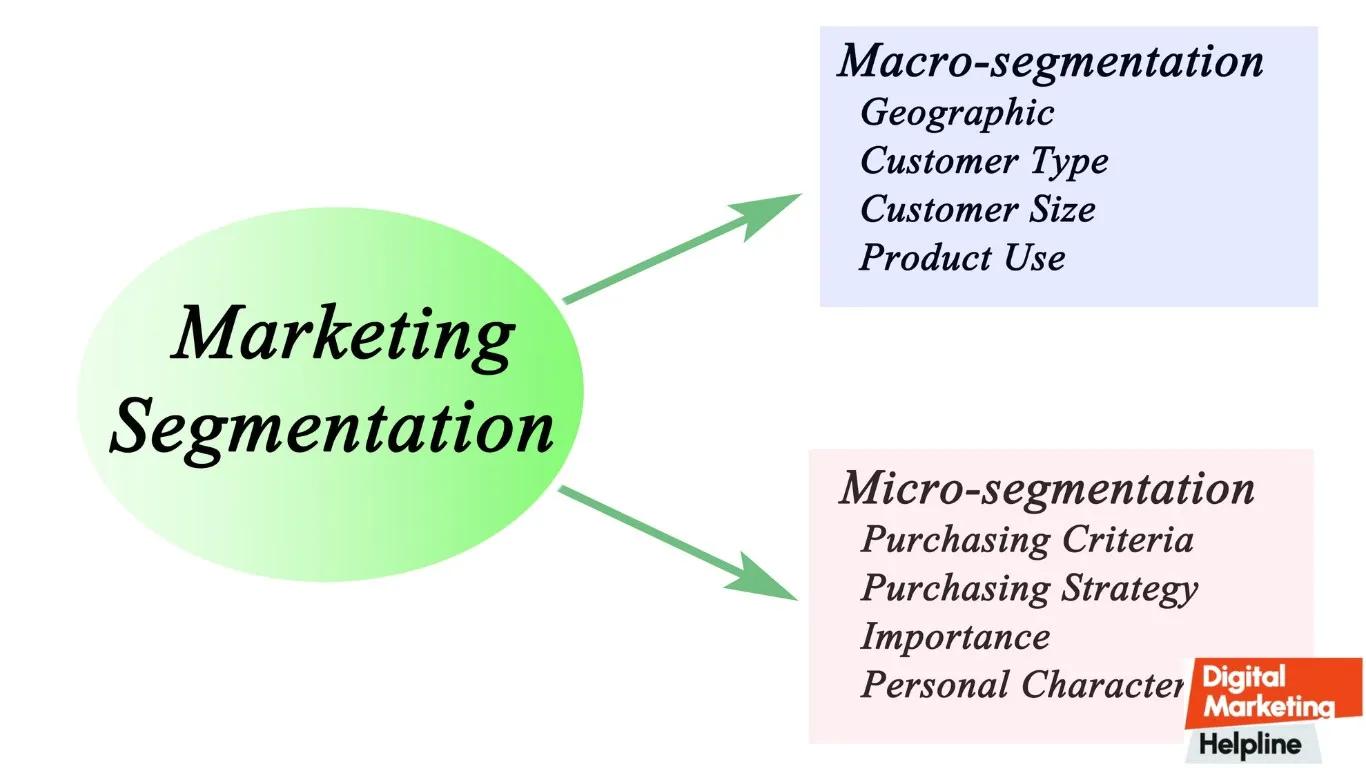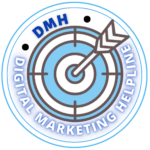
Introduction
As a business owner or entrepreneur, everything starts with you, and the digital marketing journey should be no exception. You deal with skilled marketers but have a thorough understanding of data-driven marketing. This guide offers the basic knowledge that will enable you to be in charge and offers insights into how to direct your professionals when devising and implementing your campaigns.
What Is Data-Driven Marketing? Your business guide for techniques and best practices In the modern race to digitalization, data-driven marketing has become a winning concept for businesses striving for precision, efficiency, and outcomes that actually count. This business guide is specifically crafted for you, as a business owner, to start off your data-driven marketing chapter.
1. The key elements of data-driven marketing are:
- Customer insights:- You can know your audience by analyzing their behavior, what they prefer, and their demographics. Generation of detailed buyer personas. Effective segregation of your audience.
- Data collection and analysis:- Acquiring relevant information from all touchpoints. Cleaning and updating your database assiduously.
- Targeted marketing efforts: Match different segments of your targeted public according to behaviors, demographics, and interests using analysis. Creation of campaigns that are tailored to each segment.
- Optimized marketing decisions:- Appropriate allocation of your assets based on in-depth analysis. Measure the performance of your plans and strategies using Google Analytics.
2. Benefits of data-driven marketing include:
- Better customer targeting and personalized segmentation:- Allows you to reach the right people with the right information.
- Allocation of Resources:- Ensures that you focus on target segments that are more responsive or profitable.
- Customer experience:- Better-suited information brings more general happiness.
3. Understanding Data-Driven Marketing
What is Data-Driven Marketing?
Data-driven marketing is a strategy that uses data, technology, and artificial intelligence to make marketing decisions. Unlike traditional marketing, where intuition and guesses predominate, data-driven marketing is based on the data of a real client. The basics of this strategy include: –
- Customer positioning: Understanding a specific client is at the heart of data-driven marketing. Companies can understand their audience by analyzing their behavior, preferences, and demographic data.
- Personalization:- Rather than talk to anyone, companies using a data-driven approach prefer accurate strikes. Personalized marketing is a way to achieve exact relevance, be it special content of emails, messages, or recommendations powered by the user.
Why does Data-Driven Marketing Matter?
Data-driven marketing is much more than just a trend. Here are a few reasons why:-
- The preciseness of targets: Imagine that you have an exact target. Data-driven marketing allows you to avoid failures and hit the target. Knowing the behavior of target users, companies can accurately identify the moments of interaction.
- Better ROI: If the company uses personalized communication, then, as a rule, the returns on investments range in one direction. The user will more likely count the message to them from the general stream, and you are improving conversion rates.
- Client retention: Although the content given correctly matches interest, customers will more likely see it. Next, we will talk about data-driven marketing practices, examples of using these standards, and measures of its success. So, let’s get started!
4. Best Practices for Data-Driven Marketing
Know your audience:- Before getting into data-driven marketing, adequately familiarize yourself with your audience:

- Research and buyer personas:- Including thoroughly researching to gather enough for comprehensive buyer personas. Understand their pains, preferences, and behavior patterns.
- Segmentation:- Divide the audience into essential characteristics based on demographics, behavior, and interests, allowing you to market effectively.
Manage your data:- This process is ongoing, and one must maintain the following:
- Data collection: To gather data using different website tools, email, and social media interactions.
- Data cleansing:- Involves regular cleaning and updating of the database. Always remove duplicates, correct inaccuracies, and stay updated.
- Data security:- Take extra care, secure customer data, and comply with data protection laws and regulations.
Develop a data-driven culture, a working environment that embraces making decisions aided by data:
- Training and awareness:- Teach your co-workers the importance of data, let them use data to assist in making strategic decisions,
- Collaboration:- Break your working environment silos, let marketing and sales, and customer service teams work collaboratively and share data to have better insights used.
- Continuous learning:- Keeping current with industry trends and tools and using data analytic strategies. The following sections will address practical strategies and how we can measure our success. Let us continue with our journey.
4. Strategies for Effective Data-Driven Marketing
This unknown ingredient can turn typical marketing into fantastic. Here are the steps you could follow.
Segmentation

- What Is Segmentation?:-Divide your audience into meaningful segments based on behavior, demographics, and preferences.
- Why It Matters?:- Segmentation allows you to personalize your message and make it relevant to specific groups.
Customized Messaging
Crafting Personalized Messages
- Emails address recipients by name, recommend products based on browsing history, and send them unique offers.
- Ads show them content relevant to their interests and recent interactions.
- Website content shows different experiences based on their preferences.
Dynamic Content
- What Is Dynamic Content? Content that adapts based on the user’s interaction or data.
- Product recommendation: Add related products to the page based on what the user has viewed or already purchased.
- Countdown timetables to create urgency. Location-based content is shown based on the user’s location.
Marketing Automation

Marketing automation helps you to streamline the routine, allowing you more time for strategy and creativity:
AI and Automation Tools
- Leverage AI: Machine learning algorithms can analyze your data for you and help you predict usage and campaign optimization.
- Automate Email Campaigns. For example,
- Create an email sequence with an offer and product use-based recommendations to automate abandoned cart reminders.
- Lead nourishing sends content based on where the lead is in the pipeline.
- Social Media Post Scheduling.
Workflow Optimization
Fine-Tune Workflows
- Map your marketing processes.
- Identify bottlenecks and areas for improvement.
- Optimize for efficiency and effectiveness.
Integrated Multichannel Approach
Consistency across channels boosts the user experience and improves your performance:
Unified Experience
- Seamless Integration:- Make sure your information flows seamlessly across channels.
- Consistent Brand Messaging:- use the same voice and visual identity.
- User Journey:- understand your user’s interactions across the channels. Improve
Attribution Models
- What Are Attribution Models? They are the ones that award credit to some touchpoints during a customer journey. Why are they meaningful? It is because attribution enables you to distribute your resources evenly. Below are the most common examples:-
- First-touch attribution is when the credit is given to the first time a person here has reached out with a conversion. The last attribution is when the last time someone gets credits with a conversion; finally,
- Multi-touch attribution embraces all the previous types and can be a mixture of all of them. Keep following our posts, and do not miss new insights on measuring success via data-driven marketing.
5. Measuring Success
Key Metrics:-
- Customer Lifetime Value: This metric is the total revenue a single buyer will bring to a seller during their relationship. To measure this, one has to add all the buyer’s acquisitions or subscriptions, multiply them by the buyer’s subscription, deduct the total sum of acquisitions, and retain it.
- Conversion Rate:- To measure this rate, one has to divide the number of conversions by the number of visitors and multiply it by 100
- Churn rate:- To measure this rate, one has to divide the number of customers lost during a month or a year by the total amount at the start of the period.
A/B Testing and Iteration:-
- A/B Testing: Test two versions, A and B, and ad or webpage versions; the one that results in more purchases or newsletters is seen as the better. Test the title, CTA, and layout.
- Implications:- A/B testing should guide your continuous optimization based on data.
- Continuously refining your strategies based on Data-driven insights should be used to adapt, learn, and improve over and over again.
Remember, your KPIs are your compass in the digital landscape. Monitor them regularly, refine, iterate, and fine-tune your marketing to achieve the best results.
Conclusion
To summarize, data-driven marketing emerges as a revolutionary method to reach your audience more intimately. Use data insights, personalization, and automation to boost ROI and develop deep connections with your customers while giving them a harmonized experience on every channel. Don’t forget, data is not just data – it is your guide to navigating the online world. Therefore, find your way in data-driven marketing and allow your marketing to be precise, effective, and naturally seen in Google.

